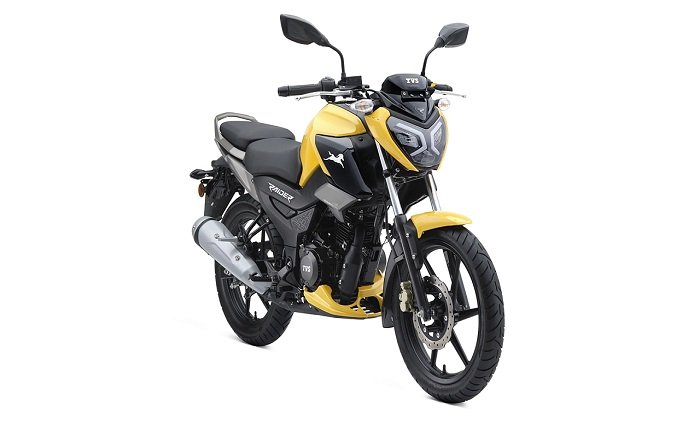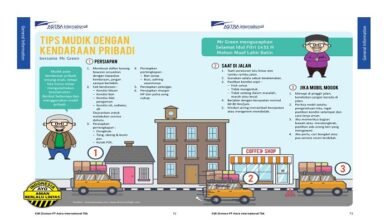
Rider bike mileage refers to the fuel efficiency of a motorcycle, which is the distance a bike can travel per unit of fuel. For riders, the mileage of their bike is an important factor, not only because it determines how far they can travel but also because it impacts the cost of riding. A higher mileage means less fuel consumption, making it a cost-effective option in the long run. The mileage of a bike is influenced by various factors such as the bike’s engine, design, riding habits, and maintenance. For motorcycle enthusiasts, understanding how to optimize their bike’s mileage is crucial for maximizing performance and minimizing fuel expenses.
How Rider Bike Mileage is Measured
Rider bike mileage is generally measured in kilometers per liter (km/l) or miles per gallon (mpg), depending on the region. This measurement is determined by taking the distance a bike can travel on a specific amount of fuel. To get an accurate reading, it’s important to measure under consistent riding conditions, such as the same route, speed, and load. Bike manufacturers often provide an average mileage estimate based on ideal test conditions, but real-world results may vary. Rider bike mileage can fluctuate due to several factors, including road conditions, the rider’s weight, and how smoothly the bike is operated.
Factors Affecting Rider Bike Mileage
Rider bike mileage can be influenced by multiple factors, and understanding these can help riders optimize their fuel efficiency. One key factor is engine efficiency. The type and size of the engine significantly affect fuel consumption, with smaller engines typically providing better mileage. Another factor is the bike’s weight. Lighter bikes tend to offer better fuel efficiency as they require less energy to move. Tire pressure and type also play a crucial role in mileage; under-inflated tires can lead to increased fuel consumption. Other considerations include the condition of the fuel system, the type of oil used, and even the rider’s behavior, such as riding aggressively or maintaining consistent speeds.
The Role of Bike Maintenance in Improving Mileage
Regular maintenance is critical for ensuring optimal rider bike mileage. Keeping the bike in top shape ensures that all components are working efficiently, leading to better fuel economy. Regularly changing the engine oil, cleaning the air filter, and checking the fuel system for blockages or leaks can have a significant impact on mileage. It’s also essential to use the right type of fuel recommended by the manufacturer to avoid damaging the engine. Routine checks on tire pressure, chain lubrication, and brake adjustments can also prevent any issues that might cause the bike to consume more fuel than necessary. A well-maintained bike performs better, lasts longer, and offers better mileage.
Riding Habits That Impact Rider Bike Mileage
Riding habits have a direct impact on rider bike mileage. How you accelerate, brake, and maintain speed can either increase or decrease fuel consumption. Riding at higher speeds or making frequent rapid starts and stops leads to higher fuel consumption. On the other hand, maintaining a steady speed, using the throttle smoothly, and avoiding excessive idling can improve your bike’s mileage. It’s also beneficial to shift gears properly and avoid over-revving the engine, as this causes unnecessary fuel usage. Furthermore, avoiding carrying excessive weight or unnecessary luggage on the bike can help reduce the load and improve fuel efficiency.
The Best Bikes for Rider Bike Mileage
When looking for a bike with excellent mileage, there are several options to consider. Typically, bikes with smaller engine capacities tend to provide better fuel efficiency. Motorcycles such as the Bajaj Pulsar 150, Honda CB Shine, and Yamaha FZ series are known for their impressive mileage, especially in the commuter segment. These bikes are designed to offer a good balance between power and fuel economy. For those looking for even higher fuel efficiency, some scooters like the Honda Activa and Suzuki Access are excellent choices. In general, choosing a bike with a fuel-efficient engine and good aerodynamics can make a big difference in improving mileage.
The Impact of Weather on Rider Bike Mileage
Weather conditions can also affect rider bike mileage. In hot weather, the engine may work harder, leading to higher fuel consumption, while extremely cold weather can cause the oil to thicken, making it harder for the engine to run efficiently. Additionally, riding in rain can result in reduced traction and less efficient engine performance, as the tires need to work harder to maintain control. To improve mileage in varying weather conditions, it’s important to adapt your riding style. For instance, during hot weather, avoid sudden accelerations and idling for too long. In cold conditions, warming up the engine properly before riding can also help improve fuel efficiency.
Fuel Efficiency Innovations in Modern Rider Bikes
As fuel efficiency becomes a more important factor for riders, bike manufacturers have started integrating innovative technologies into their models to improve rider bike mileage. Advanced fuel injection systems, for example, allow for better control of the fuel-air mixture, leading to more efficient combustion and improved mileage. Many new motorcycles are also equipped with electronic control units (ECUs) that optimize engine performance based on riding conditions. Lightweight materials, improved aerodynamics, and optimized tire designs are also contributing to better fuel efficiency. As technology continues to evolve, we can expect even more breakthroughs in bike mileage and fuel economy.
The Relationship Between Rider Bike Mileage and Environmental Impact
As fuel prices rise and environmental concerns grow, improving rider bike mileage has become more important than ever. Motorcycles that consume less fuel emit fewer harmful gases, contributing to a reduction in overall carbon emissions. By choosing a bike with high mileage and adopting fuel-efficient riding habits, riders can help minimize their environmental footprint. The global shift towards more eco-friendly modes of transportation is pushing both manufacturers and riders to prioritize fuel efficiency. Additionally, governments around the world are introducing stricter emission norms, which encourage the production of bikes that are both fuel-efficient and environmentally friendly.
How to Improve Rider Bike Mileage: Top Tips
Improving rider bike mileage doesn’t always require buying a new bike. With the right habits and maintenance routines, you can significantly improve the fuel efficiency of your current bike. Start by ensuring that your bike is regularly serviced, including oil changes, air filter cleaning, and tire pressure checks. Additionally, focus on adopting smooth, consistent riding techniques, avoiding heavy braking or sudden acceleration. Keep your bike light by avoiding unnecessary luggage and accessories that may increase weight. Riding at moderate speeds and maintaining the proper RPM also contributes to better mileage. By following these steps, you can optimize your bike’s fuel efficiency and enjoy cost-effective riding.
Conclusion
Rider bike mileage is a crucial factor that impacts both the rider’s pocket and the environment. From engine efficiency to riding habits, several factors play a role in determining how much fuel a bike consumes. By adopting good maintenance practices, being mindful of riding behavior, and investing in a bike with high fuel efficiency, riders can enjoy more economical and environmentally friendly rides. Rider bike mileage will continue to be a key factor in choosing the right motorcycle, and with the right approach, it is possible to maximize mileage and reduce fuel costs.
FAQs:
1. What is the average mileage of a rider bike?
The average mileage of a rider bike varies, but most motorcycles offer between 30 to 50 km/l, depending on the engine size, model, and maintenance.
2. How can I improve the mileage of my rider bike?
Improving mileage involves regular maintenance, such as oil changes, checking tire pressure, and adopting smooth riding habits, like maintaining steady speeds.
3. Does riding speed affect rider bike mileage?
Yes, riding at high speeds generally leads to higher fuel consumption, while maintaining a moderate and consistent speed can help improve mileage.
4. What is the best bike for rider bike mileage?
Bikes with smaller engines, such as the Bajaj Pulsar 150 and Honda CB Shine, are known for offering excellent fuel efficiency in the commuter segment.
5. How does weather affect rider bike mileage?
Extreme temperatures, both hot and cold, can affect engine performance, causing higher fuel consumption. Adjusting your riding habits based on weather conditions can help maintain better mileage.




